In addition to shrines, temples, and castles, Japan is also home to several fascinating historic sites. For example, a national treasure teahouse and an ancient burial mound have become World Heritage sites. Each of these places has the story of a historical figure who played a great role in that place.
Joan Teahouse
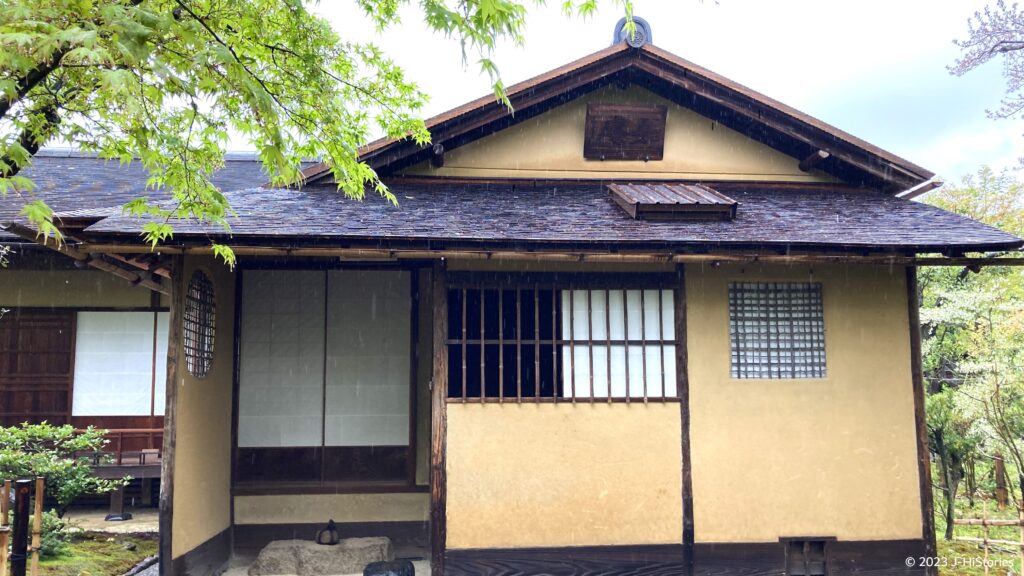
"The main principle of the tea ceremony is entertaining the guests." Samurai & Tea Master, Oda Uraku, attained this mentality despite the Warring State Period. How?
Glover Garden
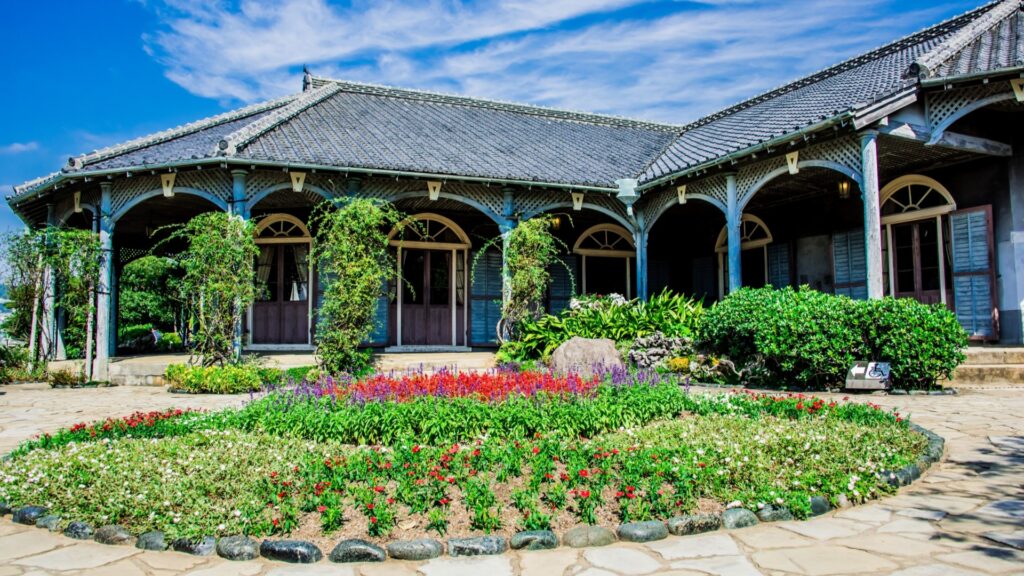
Glover successfully transitioned from a weapon merchant at the end of the Edo period to a coal and brewery businessman in the Meiji Period.
Nagasaki Nanban Trade
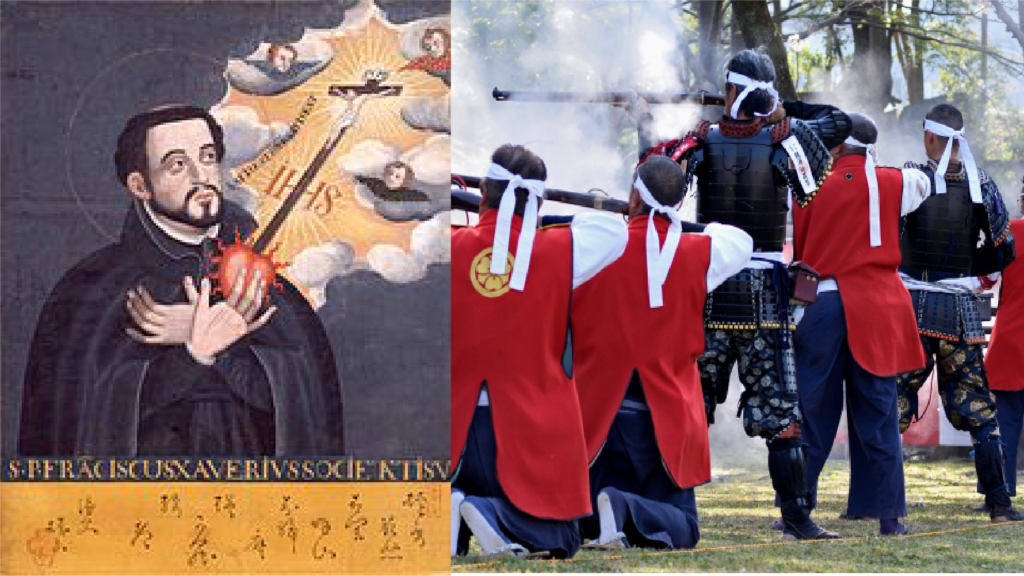
Nagasaki blomed Nanban Trade with Portugal and Spain in 16C. It brought Christianity and the Guns. How did the Samurai utilize them?
Emperor Nintoku Kofun
_169sakai-city-1024x576.jpg)
The largest keyhole-shaped tumulus in Japan (840m x 645m) of the 16th Emperor Nintoku, was built in the mid-5C. Its size is similar to that of a pyramid. Why so large? © Sakai City
Zuihoden Mausoleum
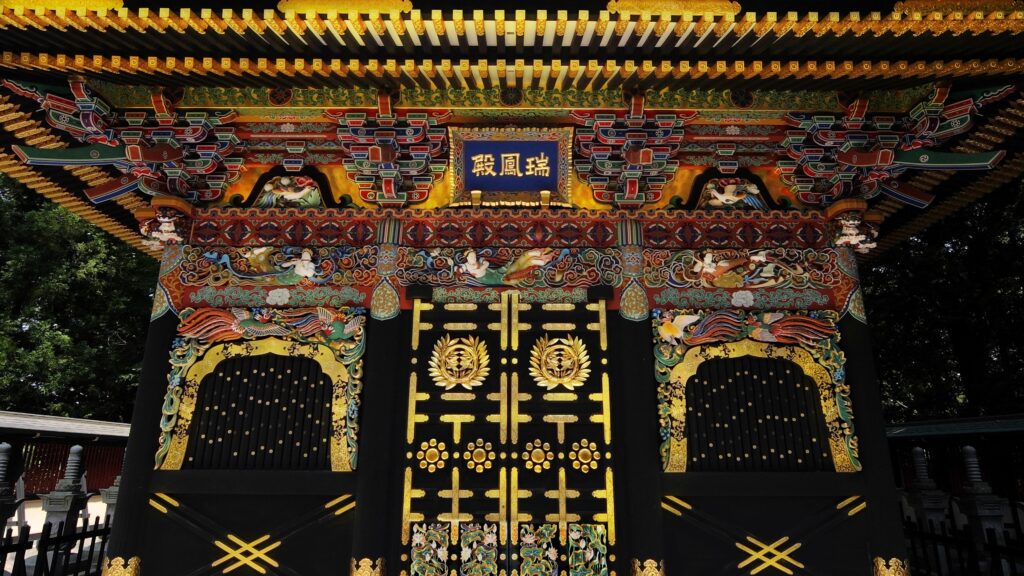
One-eyed Dragon, Date Masamune, overcame many hardships while confronting Hideyoshi and Ieyasu with his wisdom and ability. His soul has slept calmly at Zuihoden.
The Museum Meiji-Mura
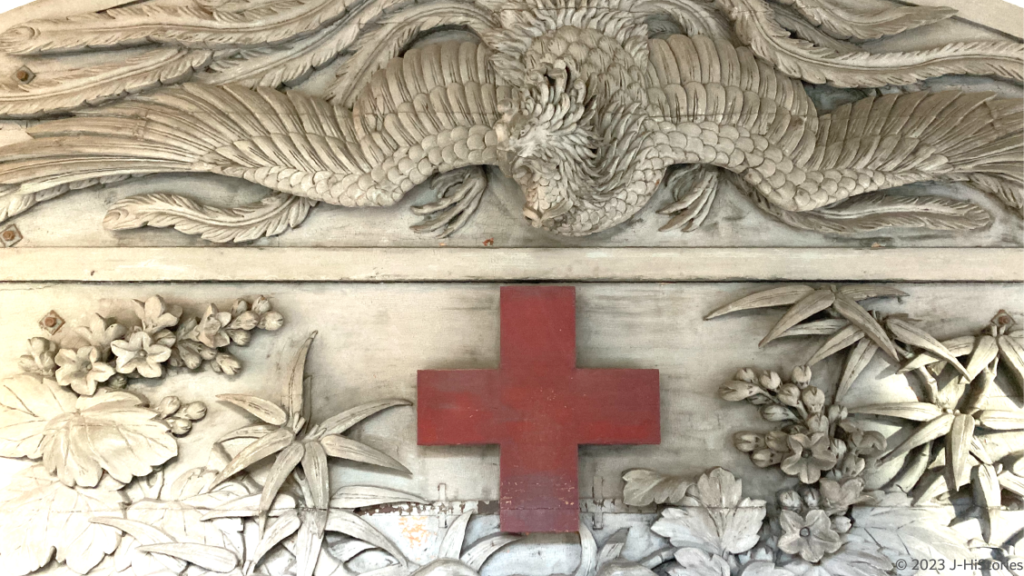
Japanese Red Cross Central Hospital, delicately adorned with its exquisite exterior, in the Museum Meiji-Mura, a symbol of relief work in peacetime driven by Empress Dowager Shôken.
Hiroshima Peace Memorial Museum

The Nobel Peace Prize for 2024 to the Japanese organization Nihon Hidankyo. A Global Desire for Peace.
